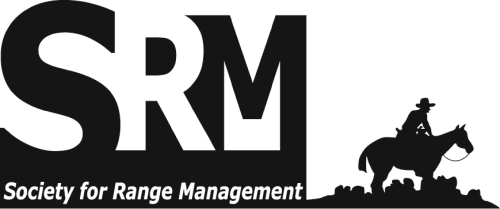Quantitative techniques are needed to determine the effects of cultivation and livestock grazing on biological indicators of soils of the Northern Great Plains. Our objective was to determine how various management practices, which were representative of those used since European settlement in the 1880's, affected 3 biological indicators of soil quality. The study was conducted at 3 sites that are representative of the major grassland ecosystems in Canada: a Mixed Prairie site with Stipa comota Trin. Rupr. dominant in the Brown (Aridic Haploboroll) Soil Zone, a Mixed Prairie site with S. comata Trin. Rupr. and S. viridula Trin. dominant in the Dark Brown (Typic Haploboroll) Soil Zone, and a Fescue Prairie site with Festuca campestris Rydb. dominant in the Black (Udic Haploboroll) Soil Zone. At each site, 6 treatments representing common production practices were imposed and compared with the native community in a randomized complete block design with 4 replicates and a plot size of 3 x 10 m. The treatments included: 1) monoculture seeding of 2 grass species; 2) alfalfa (Medicago sativa L. 'Beaver'); 3) continuous spring wheat (Triticum aestivum L. 'Katepwa'): 4) spring wheat and fallow rotation; and 5) abandoned cultivated land. Our hypothesis that mineralizable-N, and phosphatase and dehydrogenase activities would be influenced by cultivation was confirmed by significant changes in these indicators that were detected after only 180 days after treatment establishment. The pool of readily decomposable organic matter was reduced with cultivation and not replenished over the period of the study. The 3 biological indicators were sensitive to not only time following external management changes, but also to seasonal fluctuations. We conclude that soil biological indicators can be used to quantify temporal and botanical changes in diverse ecotypes within the Northern Great Plains. The Journal of Range Management archives are made available by the Society for Range Management and the University of Arizona Libraries. Contact lbry-journals@email.arizona.edu for further information. Migrated from OJS platform August 2020

Scholarly peer-reviewed articles published by the Society for Range Management. Access articles on a rolling-window basis from vol. 1, 1948 up to 5 years from the current year. Formerly Journal of Range Management (JRM). More recent content is available by subscription from SRM.